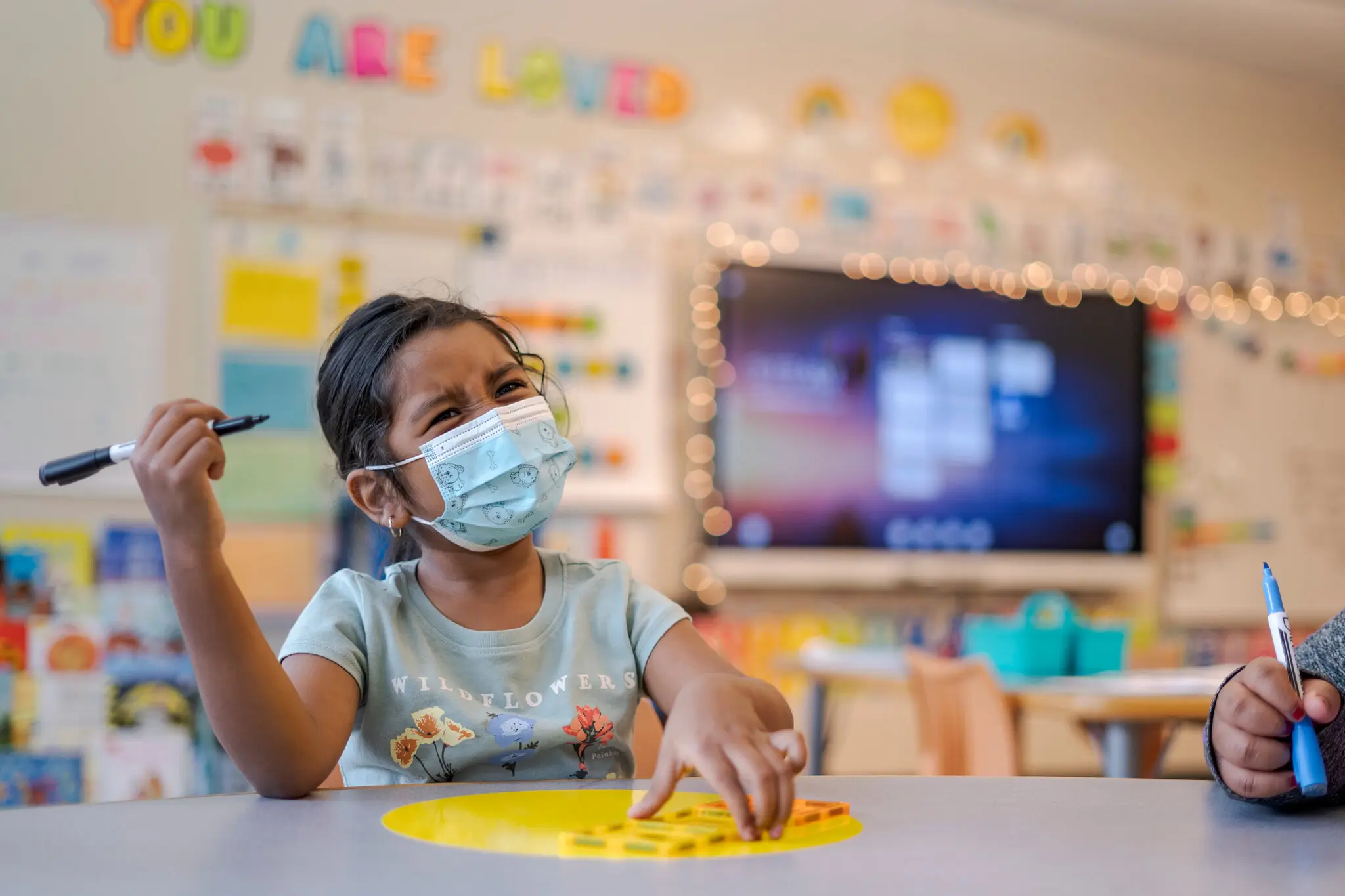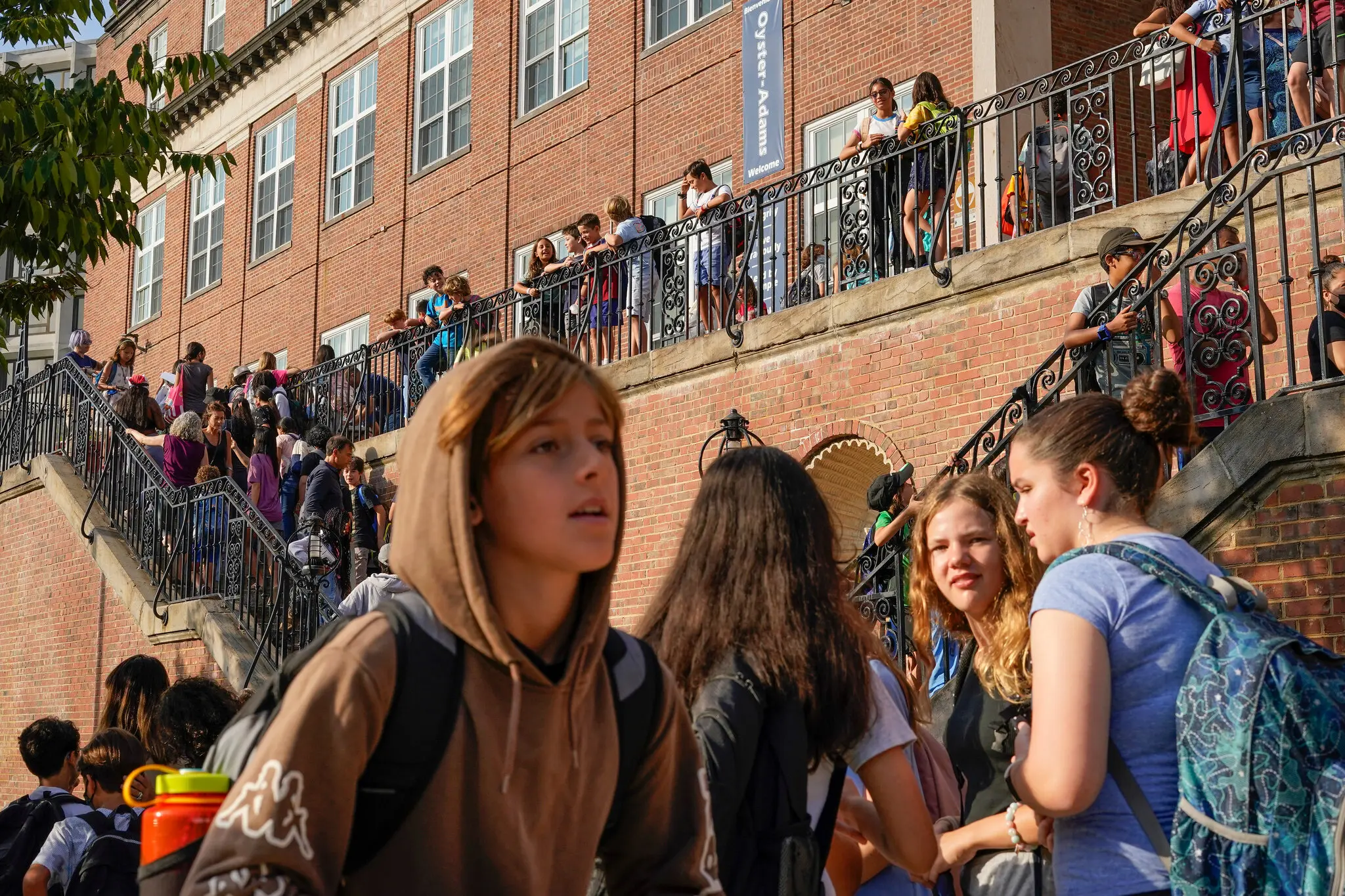With Online Learning, Schools Pause to Reflect on What Worked—and What Didn’t
As educators evaluate pandemic-era teaching methods, a growing body of research offers insights into which online practices succeeded, which failed—and how to build a more effective hybrid learning future.
As schools and universities reopen and reflect on the seismic disruption of pandemic-driven online learning, educators and researchers are reassessing what worked—and what failed—during the shift to remote instruction, with implications for future hybrid and digital classrooms. The abrupt move to virtual learning in spring 2020 forced a national experiment in online education and exposed longstanding inequalities in access, technology, and instructional readiness. While some students and instructors adapted quickly, many struggled with spotty broadband, lack of devices, and inexperienced virtual teaching, accelerating learning loss particularly among low-income, English learner, and special education populations.
Research shows that by spring 2022, students had lost an average of five months in mathematics and four months in reading, and that recovery had been slow and inequitable for students in high-poverty schools :[oaicite:0]{index=0}. Critics point out that schools in states with prolonged lockdowns saw steeper declines, while those that reopened flexibly or localized decision-making minimized losses—evidence that policy context shaped outcomes significantly :[oaicite:1]{index=1}. At the college level, the pandemic created what some experts call a global laboratory: almost all instruction moved online, allowing researchers to compare performance across modalities without self-selection bias.
Prior to the pandemic, online university courses were associated with lower grades and higher dropouts—but new analyses reveal that certain models, such as large introductory lectures converted to online formats and blended designs combining synchronous learning and interactive tools, yielded surprisingly positive outcomes, especially when paired with training and support for faculty :[oaicite:2]{index=2}. Still, student engagement remained uneven: many bypassed recorded lectures or fell behind when self-regulating learning without structured support, particularly first-generation and low-income students :[oaicite:3]{index=3}. Educators agree that the pandemic underscored the need to develop digital literacy and remote learning self‑efficacy among students, which helped some learners stay on track even when schools were closed :[oaicite:4]{index=4}.
In K–12 education, the Education Recovery Scorecard highlights that while some districts have exceeded pre‑pandemic achievement in both math and reading, most are still trailing significantly—by fall 2024, students remained nearly half a grade level behind in both subjects, with reading stagnating for many districts :[oaicite:5]{index=5}. Efforts to recover learning through tutoring and summer programs yielded modest success, but challenges such as funding expiration, staffing shortages, and weak participation limited impact—underscoring that remediation alone cannot fully reverse the slide :[oaicite:6]{index=6}. A nuanced lesson has emerged: one‑size‑fits‑all remote instruction fails disadvantaged students, while hybrid or blended models—where short online modules are coupled with in-person engagement and scaffolding—offer potential for more equitable outcomes when executed thoughtfully :[oaicite:7]{index=7}.
Education researchers now emphasize the importance of intentional design: synchronous sessions paired with interactive tools, shorter lectures, frequent checks for understanding, and consistent student support systems. When implemented, these features improved student persistence and success in large enrollment classes :[oaicite:8]{index=8}. Nonetheless, barriers persist: persistent technology gaps prevented many students from fully participating.
In several states, more than a quarter of students lacked reliable internet or device access, disproportionately impacting Black, rural, and low-income communities :[oaicite:9]{index=9}. The inequities extended beyond hardware: parental support, digital literacy education, and culturally responsive materials were often lacking, making self-learning difficult for families facing job loss, language barriers, or limited time—even where devices were provided. Research from Illinois, Massachusetts, and other states showed that recovery progress stalled where these supports were absent, widening achievement gaps even as some districts improved overall scores :[oaicite:10]{index=10}.
Hybrid learning also raised concerns about collaboration and employability. Employer satisfaction surveys in Australia found that graduates from online programs rated lower in teamwork and communication compared to those from face‑to‑face or blended formats, signaling challenges in soft‑skill development via virtual-only learning :[oaicite:11]{index=11}. Educators responded by reviving peer engagement strategies: advisory periods, virtual and in-person breakout discussions, and project-based group assignments that promote interaction and critical thinking across learning modes.
Importantly, scholars now urge educators to ‘take a breath’: reflect systematically on what succeeded and reshape instruction accordingly, rather than reverting wholesale to pre-pandemic norms or retaining ad hoc digital strategies. According to experts like Anant Agarwal and researchers quoted in post‑pandemic evaluations, the time has come to cultivate a balanced, evidence-based blend of online tools, in-person engagement, and responsive pedagogy :[oaicite:12]{index=12}. Some districts are applying these lessons.
Spring Branch ISD in Houston resumed in-person instruction early, deployed summer and after‑school programming, and delivered targeted tutoring and hybrid learning models—bold actions that led the district to recover pre‑pandemic achievement levels and boost student engagement beyond comparable high‑poverty peers :[oaicite:13]{index=13}. Districts that aligned curriculum pacing, invested in digital infrastructure, and coordinated teacher training fared best in supporting flexible learning during transitions. As they reflect, educators stress that future preparedness requires sustained investment in digital tools, professional development, and infrastructure for blended pedagogies, not just devices.
District leaders highlight the need for clear contingency planning, instructional coaching focused on hybrid and remote modalities, and support for mental health, attendance, and academic acceleration as interdependent factors. Challenges loom: federal relief dollars have mostly expired, teacher burnout remains widespread, and many districts are still grappling with outdated learning strategies or wavering public support. Scalable blended learning success, experts conclude, depends on policy alignment and equity‑based resource allocation.
Without these, gains risk stalling. Looking ahead, advocates call for sustained funding to expand broadband, training for educators in digital pedagogies, and alignment between curricular standards and virtual tools. They also recommend rigorous ongoing evaluation of blended programs to determine what works for which students and in which contexts—and to scale effective approaches.
As students and educators emerge from the pandemic’s disruption, the moment offers a rare opportunity: to redefine the role of technology in education and to build a more resilient learning system grounded in experience, evidence, and equity.
24th july 2025



